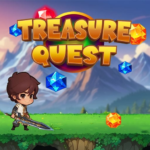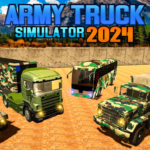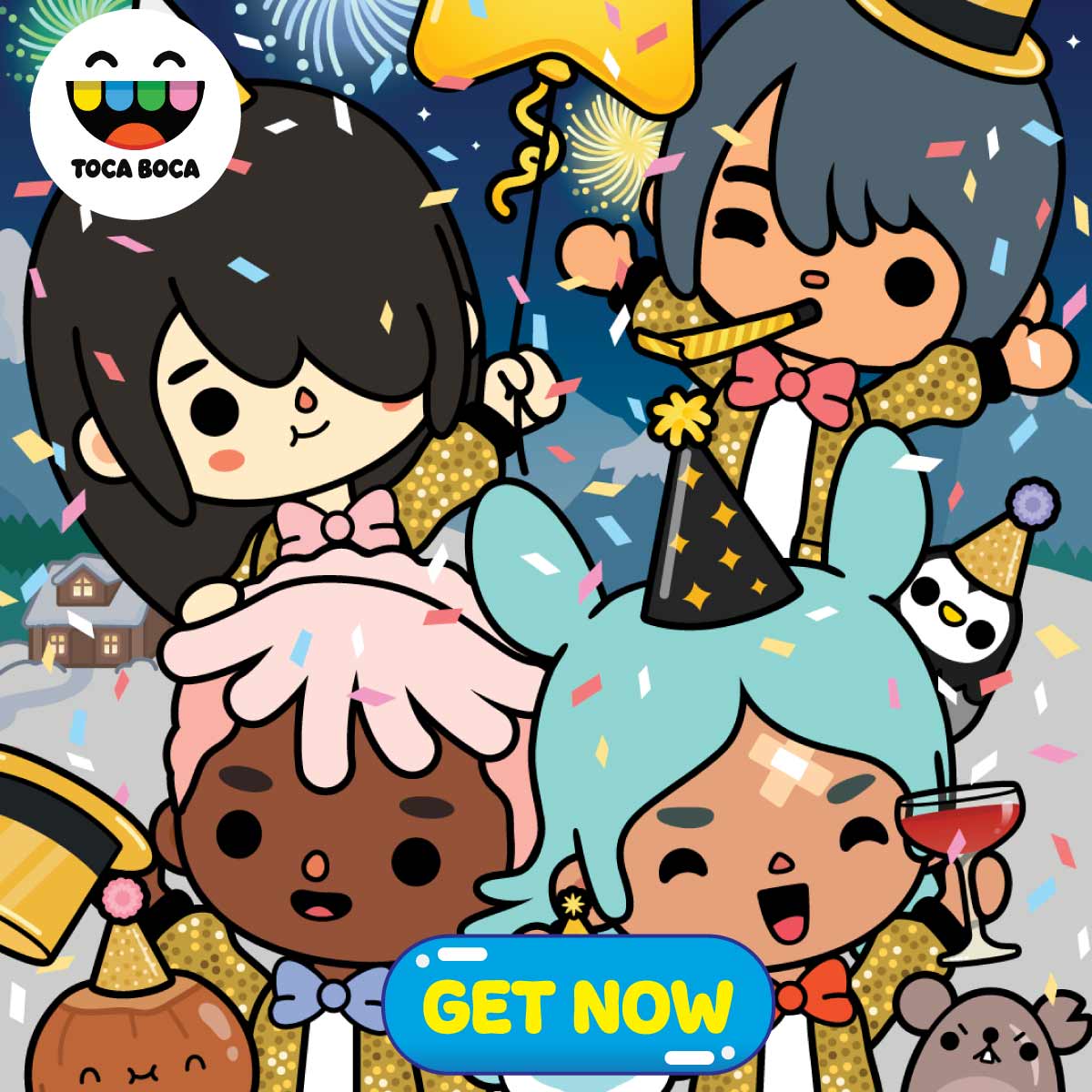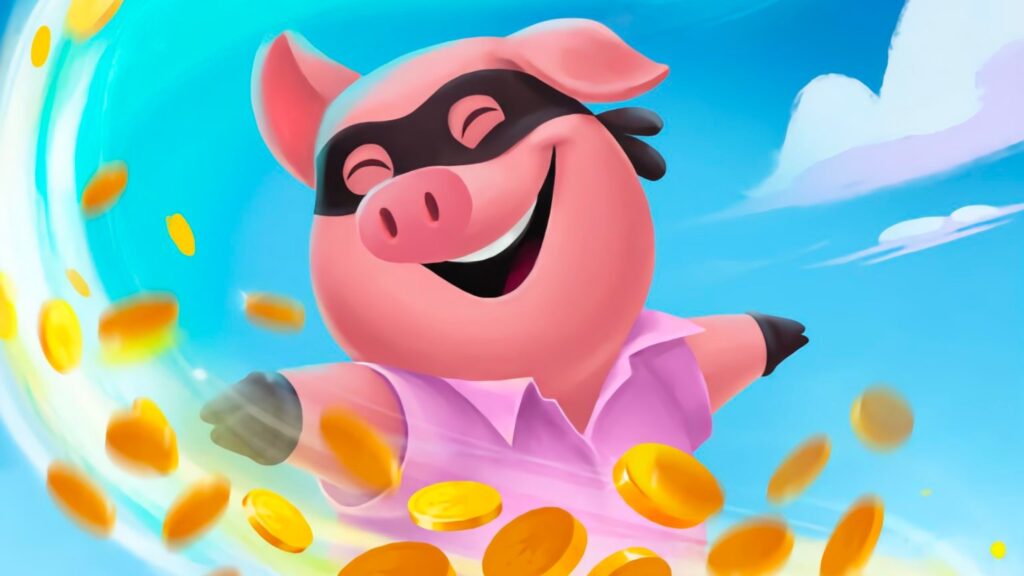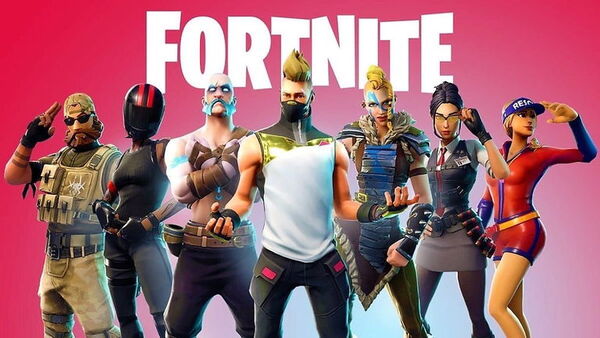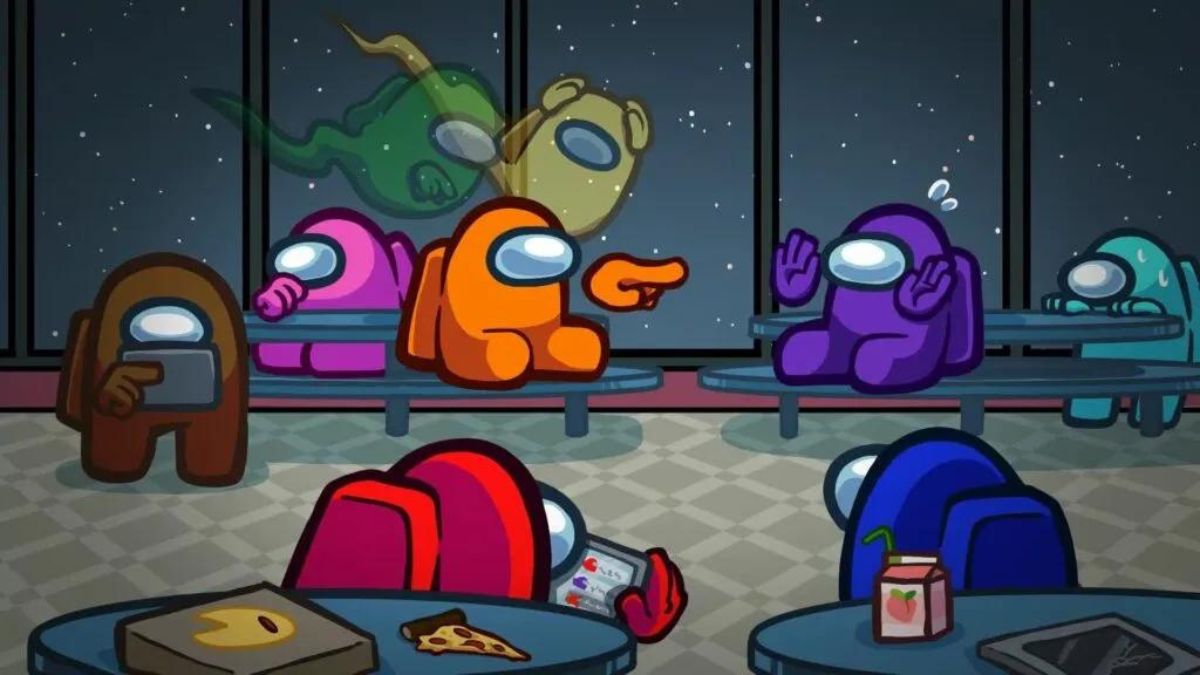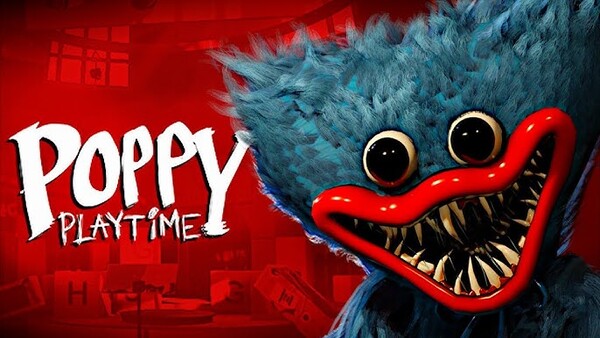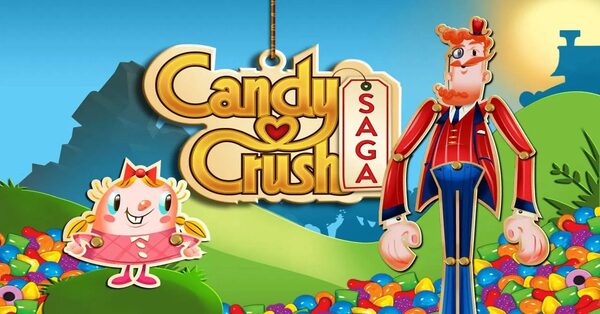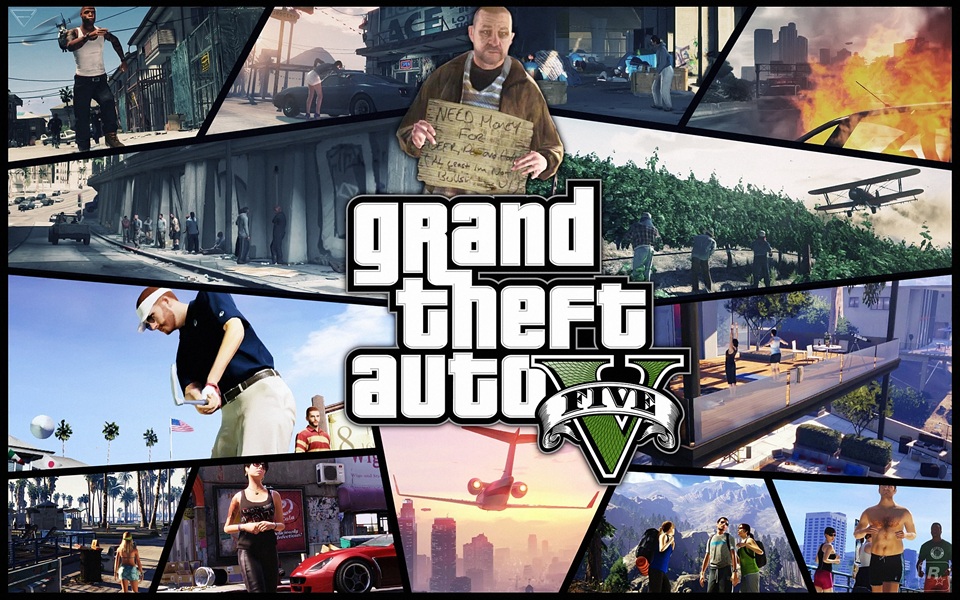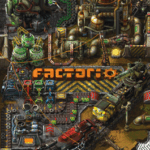Introduction: The Meteoric Rise of Fortnite Fortnite, developed by Epic Games and launched in 2017, has evolved from a survival game into one of the most popular and culturally influential battle royale titles in history. With its vibrant art style, innovative building mechanics, frequent content updates, and wide appeal across age groups, Fortnite quickly transcended gaming to become a mainstream phenomenon. Whether you’re building towers in a 1v1 or attending a virtual concert, Fortnite delivers a uniquely dynamic and social experience.
- Origins and Evolution of the Game
Fortnite began as a co-op tower defense game known as "Save the World." It wasn’t until the release of Fortnite: Battle Royale that it exploded in popularity.
Early Days Initially inspired by games like PUBG, Fortnite introduced its battle royale mode in September 2017. The game’s faster pace and cartoonish visuals set it apart.
Constant Evolution Epic Games has consistently reinvented Fortnite through live events, new mechanics, and seasonal changes that transform the map and gameplay every few months.
- Core Gameplay and Mechanics
Fortnite Battle Royale pits 100 players against each other on an island, where the last one standing wins. The game blends shooting, looting, and building in fast-paced matches.
Unique Mechanics Building structures in real time adds verticality and defense strategies. Players must manage materials, edits, and aim under pressure.
Game Modes
- Solo, Duo, Squads
- Zero Build Mode (no building)
- Creative Mode for custom maps and games
- Limited-Time Modes (LTMs) for variety
- Visual Style and Artistic Identity
Fortnite’s art direction plays a crucial role in its accessibility and brand identity.
Cartoon Aesthetic The colorful, stylized graphics make Fortnite appealing to younger audiences while maintaining high-quality polish.
Visual Clarity Despite the chaotic gameplay, Fortnite maintains visual clarity with distinct outlines, simple textures, and readable UI elements.
- Weapons, Loot, and Item Variety
Loot variety and game balance are key to Fortnite’s dynamic gameplay.
Weapon Classes Players can find and upgrade shotguns, assault rifles, SMGs, snipers, and explosives. Item rarities range from Common to Mythic.
Utility and Mobility Healing items, shields, movement tools (launch pads, rift-to-go, grapplers), and mythic abilities diversify matches and encourage experimentation.
- Building System vs. Zero Build Mode
One of Fortnite’s standout features is its building system, though not all players embrace it.
Building Depth Skilled players can rapidly construct forts, ramps, and complex edits. It requires dexterity, timing, and strategic thinking.
Zero Build Option Introduced in 2022, Zero Build Mode offers a shooter-only alternative, leveling the playing field for new or non-builder players.
- Live Events and Story Integration
Fortnite blurs the line between gameplay and spectacle through large-scale live events.
Iconic Events
- The End (black hole event)
- Travis Scott and Ariana Grande concerts
- Chapter transitions with map destruction
Narrative Integration A loose storyline connects characters, factions, and map changes across seasons. These lore elements are revealed through quests and cinematic trailers.
- Crossovers, Skins, and Cosmetic Economy
Fortnite is a leader in digital fashion and IP integration.
Crossover Skins From Marvel to Naruto to Dragon Ball, Fortnite boasts hundreds of crossover cosmetics. These partnerships enhance the game’s cultural relevance.
Monetization Model Cosmetics are sold via the Item Shop and Battle Pass. There is no pay-to-win; all purchases are purely visual.
- Competitive Scene and Esports
Fortnite maintains a structured competitive ecosystem while supporting casual players.
Tournament Formats Epic Games hosts regular Cash Cups, FNCS (Fortnite Champion Series), and World Cup qualifiers with million-dollar prize pools.
Skill Matching Arena mode and matchmaking help group players by skill level, though balancing remains a challenge at higher tiers.
- Creative Mode and User-Generated Content
Creative Mode lets players build maps, mini-games, and new experiences within Fortnite’s engine.
Community Creations Custom maps range from obstacle courses to deathmatches and even RPGs. The mode empowers creators with tools and monetization options.
UEFN and Fortnite Festival Unreal Editor for Fortnite (UEFN) allows for more advanced game design. Fortnite Festival and LEGO Fortnite have expanded the ecosystem.














